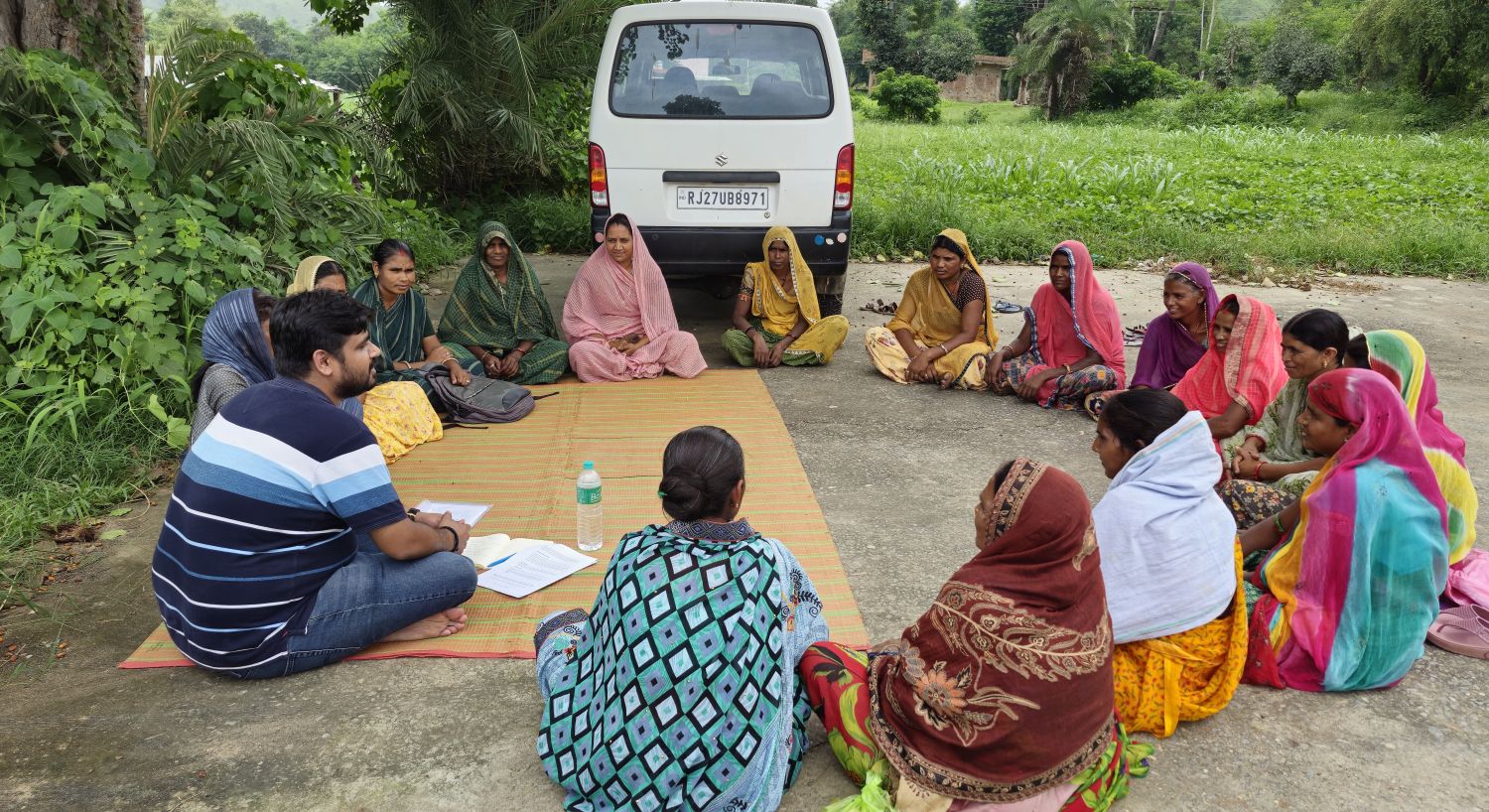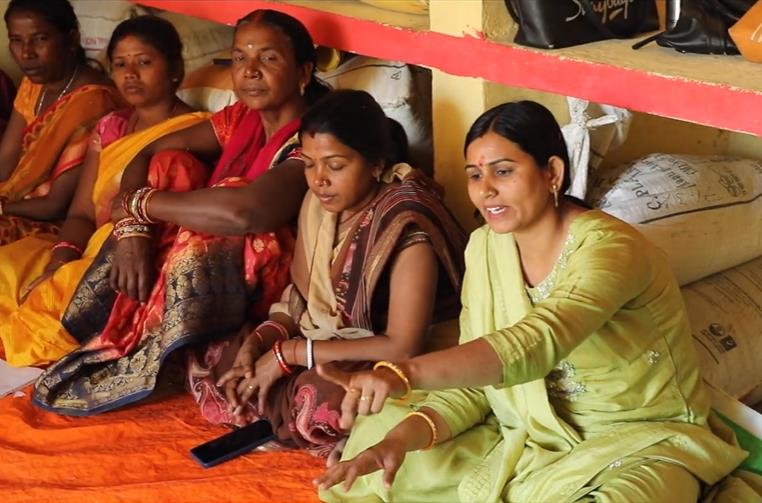Food insecurity, hunger, and malnutrition persist globally, with 783 million people facing chronic hunger in 2023. Women are particularly affected, making up 60 percent of the food-insecure population. Restrictive gender norms and inequalities further affect women’s food security, health, and rights. While gender transformative interventions have positively impacted food systems and nutrition (FSN), the flip side – how FSN interventions can drive women’s empowerment – remains a largely underexplored area. Findings from 3ie’s latest rapid evidence assessment (REA) can help understand this and shape policymaking to further boost the transformative changes FSN interventions can make for women and communities around them.
Our new REA utilizes 3ie’s food systems and nutrition living evidence and gap map and synthesizes insights from 44 quantitative and 62 qualitative papers that measure the impacts of FSN interventions on women's empowerment in low- and middle-income countries. The work to bridge this knowledge gap received support from the UK government's Foreign, Commonwealth, and Development Office.
Evidence gaps remain in geographies and contexts
Despite a growing evidence base in the last 10 years, our review uncovered several gaps in the current evidence base:
- Only about two percent of the extensive research included in the FSN living evidence and gap map, which in November 2023 consisted of over 2,300 studies, focused on women’s empowerment outcomes.
- Around 80 percent of the impact evaluations were geographically concentrated in Sub-Saharan Africa and Southeast Asia.
- Around 80 percent of the papers evaluated food supply chain interventions, highlighting a research gap in other crucial areas such as food environment and consumer behavior interventions.
Significant, positive impacts on women’s empowerment
- Educational programs for farmers among food supply chain interventions showed:
- a positive, moderate effect on women's collective action, leadership, and other empowerment indices;
- small, yet positive effect on women’s access to economic and livelihood resources, decision-making power, and gender-transformative outcomes; a larger positive effect on women’s rights, particularly on freedom of movement, in countries with higher gender inequality.
- Classroom-based nutrition and healthy eating programs among consumer behavior interventions showed:
- a positive, moderate effect on women gaining better access to economic and livelihood resources;
- a small, yet positive effect on women's control over resources and decision-making power
- None of the FSN interventions had negative impacts on women’s empowerment.
- Insufficient evidence on food environment interventions limited our ability to assess their effects on women’s empowerment outcomes conclusively.
The above findings should be taken with a grain of salt because of the limited data availability and the prevalence of studies with a high risk of bias, which restricts the ability to draw firm conclusions.
Tackling the barriers of restrictive gender norms and the unintended consequences
Our thematic qualitative synthesis identified major barriers, such as restrictive gender norms and gender-based violence (GBV), which limited the effectiveness of FSN interventions in improving outcomes for women. Also, certain individuals, such as out-of-school adolescents and girls who have lost their parents, faced additional challenges that hindered their participation in and benefits from the interventions. Program design issues such as unplanned budgets, ambiguous policies, and implementation issues such as lack of technical skill from project staff (language, use of tools, coordination, etc.), mismanagement, and leakage can also undermine women's ability to engage with the programs.
Conversely, challenging those norms and creating a supportive social environment for women enhanced the intervention's effectiveness. This included gaining support from local authorities and involving men to challenge restrictive gender norms together. Other key facilitators included maintaining close communication between intervention staff, participants, and other local stakeholders.
In some cases, FSN interventions had negative unintentional consequences, such as adding extra social, economic, or administrative burdens to women’s existing responsibilities. Other reported issues include family conflicts over assets. On a positive note, some FSN interventions helped women participants gain reputation and influence in their communities (role models, asked for opinion, recognized in community as program participants, etc.) and increased school enrolment for their children, even though these were not part of the initial plan.
Incorporating our findings into FSN interventions and integrating a gender-transformative approach
The gender gap, especially in food systems and nutrition, can be tackled. Building on the evidence we produced on what works, policymakers and implementers can design interventions that specifically target women's empowerment outcomes through FSN interventions, including the promising effects of some food supply chain or consumer behavior interventions. Additionally, they can consider our qualitative findings on key enablers, such as drawing in local authorities and other stakeholders while specifically targeting women in the intervention designs.
To ensure women's full participation and benefits, it is also essential to tackle barriers and potentially negative consequences of the interventions. One option is to apply a gender-transformative approach to the interventions. This approach can address the root causes of gender inequality, including imbalanced power dynamics and discriminatory policies.
Improving research availability and quality—our findings can be a good starting point
More research is needed in this area to better understand how we can enhance women's empowerment through FSN interventions. This includes higher-quality impact evaluation studies (i.e., studies with a lower risk of bias in their research by addressing common challenges of attrition, spillovers, and confounding) and those assessing longer follow-up periods. Our findings can serve as a solid starting point for future research to expand the evidence base and update insights for better policymaking and practice in this area.
Check out our REA summary report, policy brief, and protocol for more details.






This blog beautifully highlights how empowering women through improved food systems and nutrition leads to healthier, more resilient communities.